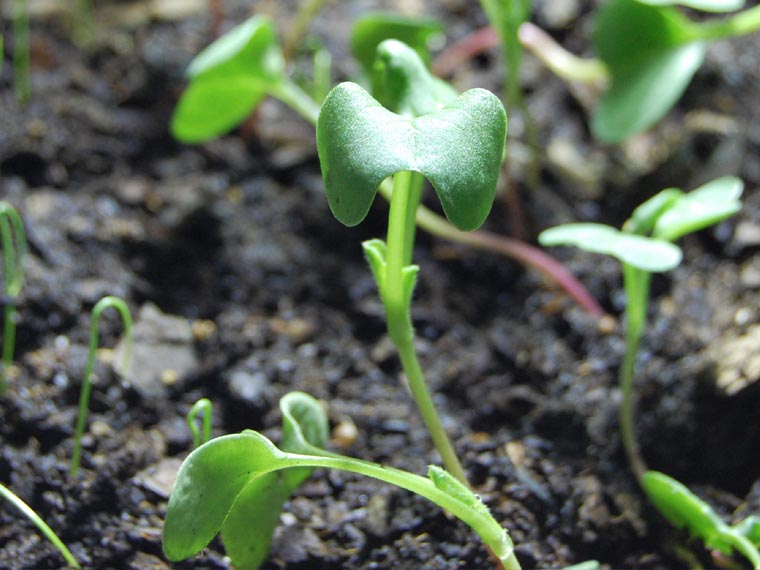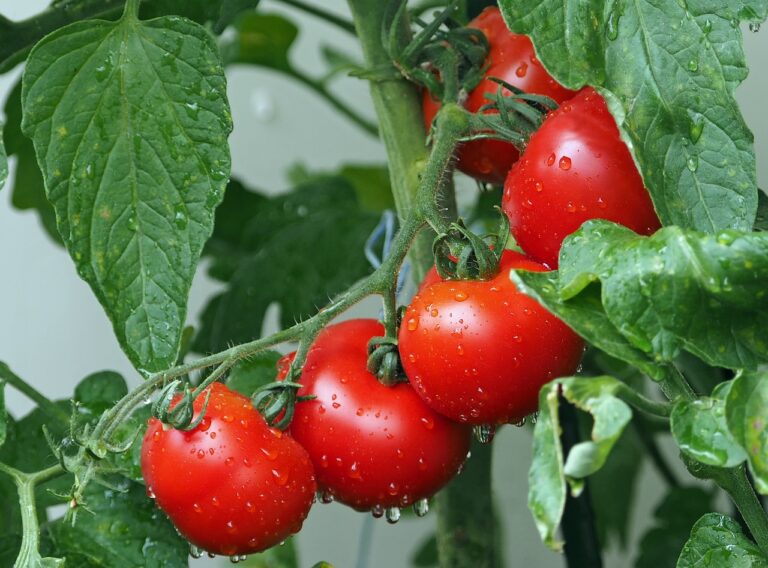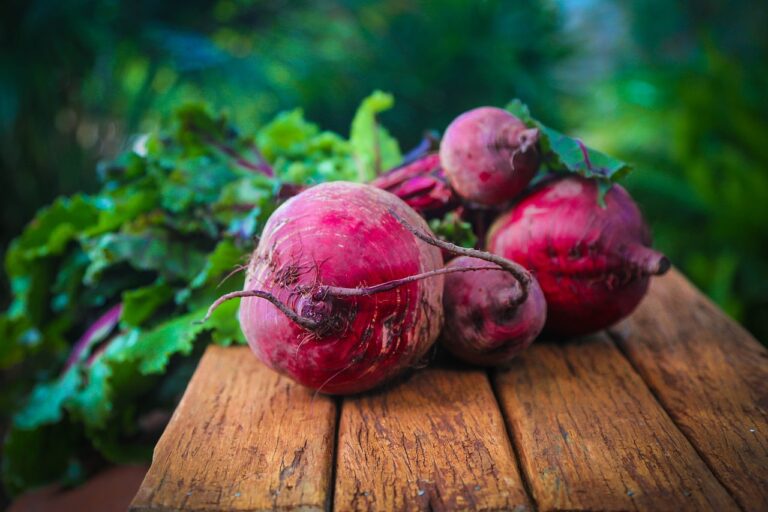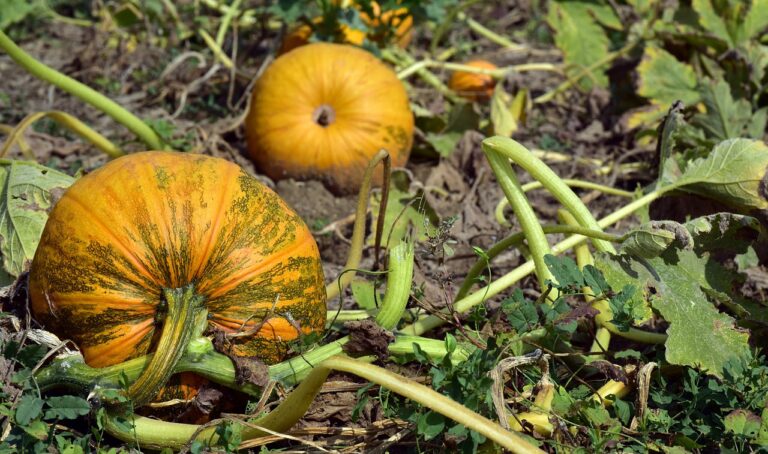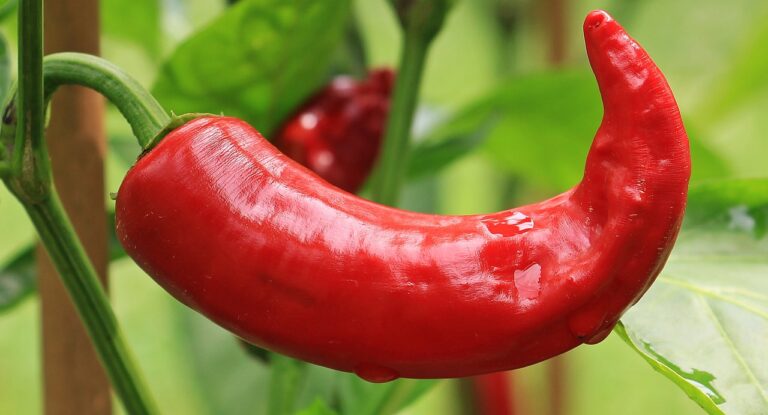Understanding the Different Stages of Carrot Growth
Are you curious about the fascinating journey of a carrot from seed to harvest? Look no further! In this article, we'll guide you through the various stages of carrot growth, providing you with valuable insights and knowledge. From germination to maturation, we will explore each step along the way, equipping you with the understanding you need to successfully cultivate and enjoy your own delicious carrots. Get ready to dive into the world of carrot growth and become a knowledgeable gardener!
Germination
During germination, you will need to provide proper moisture and warmth for carrot seeds to sprout. This stage is crucial in the growth of carrots as it marks the beginning of their journey from seed to plant. To ensure successful germination, it is important to keep the soil consistently moist, but not overly wet, as excessive water can lead to rotting. Additionally, maintaining a temperature between 60-70°F (15-21°C) is ideal for encouraging seed sprouting. You can achieve this by placing the seeds in a warm, sunny spot or using a seedling heat mat. It is essential to monitor the moisture levels and temperature regularly to create an optimal environment for the seeds to thrive. Remember, providing the right conditions during germination is the first step in growing delicious and healthy carrots.
Seedling Stage
To continue the growth journey of your carrots, the next stage after germination is the seedling stage. At this stage, your carrot plants will start to develop their first true leaves, which are different from the initial seed leaves. These true leaves are wider and have a distinct carrot shape. The seedlings will also begin to develop a stronger root system that will support their growth in the following stages. It is important to provide your seedlings with adequate sunlight, water, and nutrients to ensure healthy growth. Keep an eye out for any signs of pests or diseases, as seedlings are more vulnerable to these threats. With proper care and attention, your carrot seedlings will grow into strong and mature plants ready for the next stage of their journey.
Root Development
As your carrot plants progress from the seedling stage, their root development becomes a crucial aspect of their growth journey. At this stage, the roots begin to grow deeper into the soil, anchoring the plant firmly and absorbing essential nutrients and water. You may observe the roots branching out and spreading horizontally, exploring the surrounding soil. This exploration is essential for the plant's overall health and productivity. The roots also play a vital role in storing carbohydrates, which fuel the growth and development of the plant. As you care for your carrot plants, it is important to provide them with loose, well-draining soil that allows the roots to penetrate easily. Avoid compacted soil, as it can hinder root growth and lead to stunted plants. By nurturing the root development, you are ensuring a strong foundation for your carrot plants, enabling them to thrive and produce delicious, nutritious carrots for you and your loved ones.
Leaf Growth
As your carrot plants progress in their growth journey, their leaf growth becomes a significant stage that contributes to their overall development and productivity. At this stage, the leaves of the carrot plants play a crucial role in photosynthesis, the process by which plants convert sunlight into energy. The leaves are responsible for capturing sunlight and absorbing carbon dioxide from the air, which is then used to produce glucose and oxygen. This process not only provides energy for the plant but also releases oxygen into the environment, benefiting other plants and animals. Additionally, the size and health of the leaves indicate the plant's overall vigor and ability to withstand challenges such as pests or diseases. Therefore, it is essential to ensure that the leaves receive adequate sunlight, nutrients, and water for optimal growth and productivity.
Vegetative Stage
During the vegetative stage, your carrot plants continue to grow and develop, focusing on building a strong root system and lush foliage. This stage is crucial for establishing a solid foundation for your plants. As they grow, the roots delve deeper into the soil, absorbing nutrients and water to support their overall health and growth. At the same time, the foliage expands, with the leaves becoming more abundant and vibrant. This lush foliage plays a vital role in photosynthesis, the process through which plants convert sunlight into energy. It is during this stage that your carrot plants are preparing themselves for the next phase of growth, where they will start producing the edible carrots we all love. By nurturing your plants during the vegetative stage, you set the stage for a successful carrot harvest.
Bulb Formation
During the bulb formation stage, your carrot plants will begin to develop the characteristic orange root vegetable that we all know and love. This is an exciting stage, as it signifies the growth of the edible part of the carrot. As the roots continue to grow, they start to thicken and expand, forming a bulb-like shape. The process of bulb formation is influenced by several factors, including temperature, soil moisture, and nutrients. It is important to ensure that your carrot plants receive adequate water and nutrients during this stage to promote healthy bulb development. You may also need to thin out the plants to allow sufficient space for each carrot to grow. Observing the progress of bulb formation allows you to gauge when your carrots are ready for harvest, ensuring that you serve yourself and others with delicious and nutritious carrots.
Maturation Process
When your carrot plants reach the maturation process stage, you'll notice the roots becoming fully developed and ready for harvest. This is an exciting time for any gardener, as it signifies the culmination of your hard work and patience. At this stage, the carrot roots will have reached their maximum size and will have a vibrant orange color. The roots will be firm and crisp, indicating their readiness for consumption. It is important to carefully dig around the base of the plants and gently lift the carrots out of the soil to avoid any damage. Once harvested, you can enjoy the delicious, sweet taste of your homegrown carrots in various dishes or simply enjoy them raw. Remember to wash them thoroughly before using, and savor the satisfaction of serving nourishing, fresh produce to your loved ones.
Harvesting Time
Once your carrot plants have reached the maturation process stage, it's time to move on to the next exciting phase: harvesting. Harvesting your carrots is a rewarding experience that requires careful attention to detail. The ideal time to harvest your carrots is when they have reached their full size and have a vibrant orange color. Gently loosen the soil around the carrot with a garden fork or trowel, being careful not to damage the delicate roots. Slowly pull the carrots out of the ground, making sure to remove any excess soil. Inspect each carrot for any signs of damage or disease. Once harvested, it's important to store your carrots properly to maintain their freshness and flavor. By following these steps, you'll be able to enjoy the fruits of your labor and serve delicious, homegrown carrots to your family and friends.
Storage Requirements
To properly store your harvested carrots, you will need specific storage requirements. Carrots can be stored in the refrigerator for up to a month, but proper temperature and humidity levels are crucial to maintain their freshness. Firstly, remove the carrot tops before storing, as they draw moisture from the roots, causing them to become limp. Next, ensure that the carrots are stored in a perforated plastic bag to maintain the right balance of moisture and prevent them from drying out. Additionally, the ideal temperature for carrot storage is around 32°F (0°C) with a humidity level of 90-95%. This can be achieved by placing the carrots in the crisper drawer of your refrigerator. By following these storage requirements, you can enjoy fresh, crisp carrots for an extended period.
Common Issues and Troubleshooting
Now let's delve into the common issues and troubleshooting that you may encounter during the different stages of carrot growth. It's important to be observant and knowledgeable in order to address these issues effectively. During the germination stage, one common issue is poor seed quality, which can result in low germination rates. To troubleshoot this, ensure that you are using high-quality seeds from reputable sources. Another issue that may arise during the seedling stage is damping-off, a fungal disease that causes seedlings to wilt and die. To prevent this, provide proper ventilation and avoid overwatering. As the carrots grow, you may encounter issues such as insect infestations or nutrient deficiencies. Regularly inspect the plants for signs of pests and consider using organic pest control methods. Additionally, monitor the soil's nutrient levels and address any deficiencies through appropriate fertilization. By addressing these common issues and troubleshooting effectively, you can ensure the successful growth of your carrots.
Conclusion
After understanding the different stages of carrot growth, it is clear that this process requires careful attention and understanding. From germination to harvesting, each stage plays a crucial role in the development of a healthy carrot. With proper knowledge and attention to detail, gardeners can ensure successful growth and a bountiful harvest. By understanding the storage requirements and common issues that may arise, one can troubleshoot and overcome challenges, ultimately enjoying the delicious rewards of their hard work.

